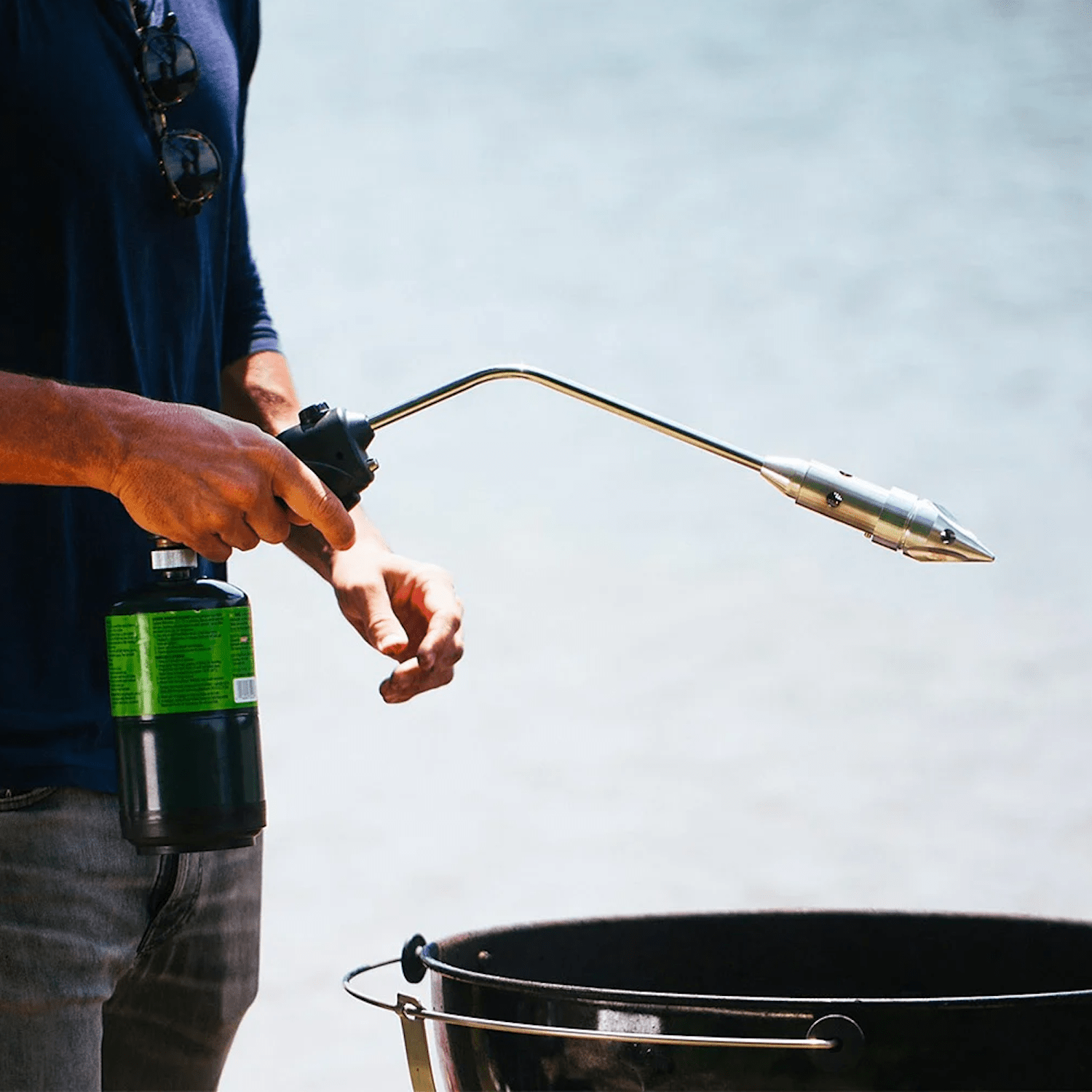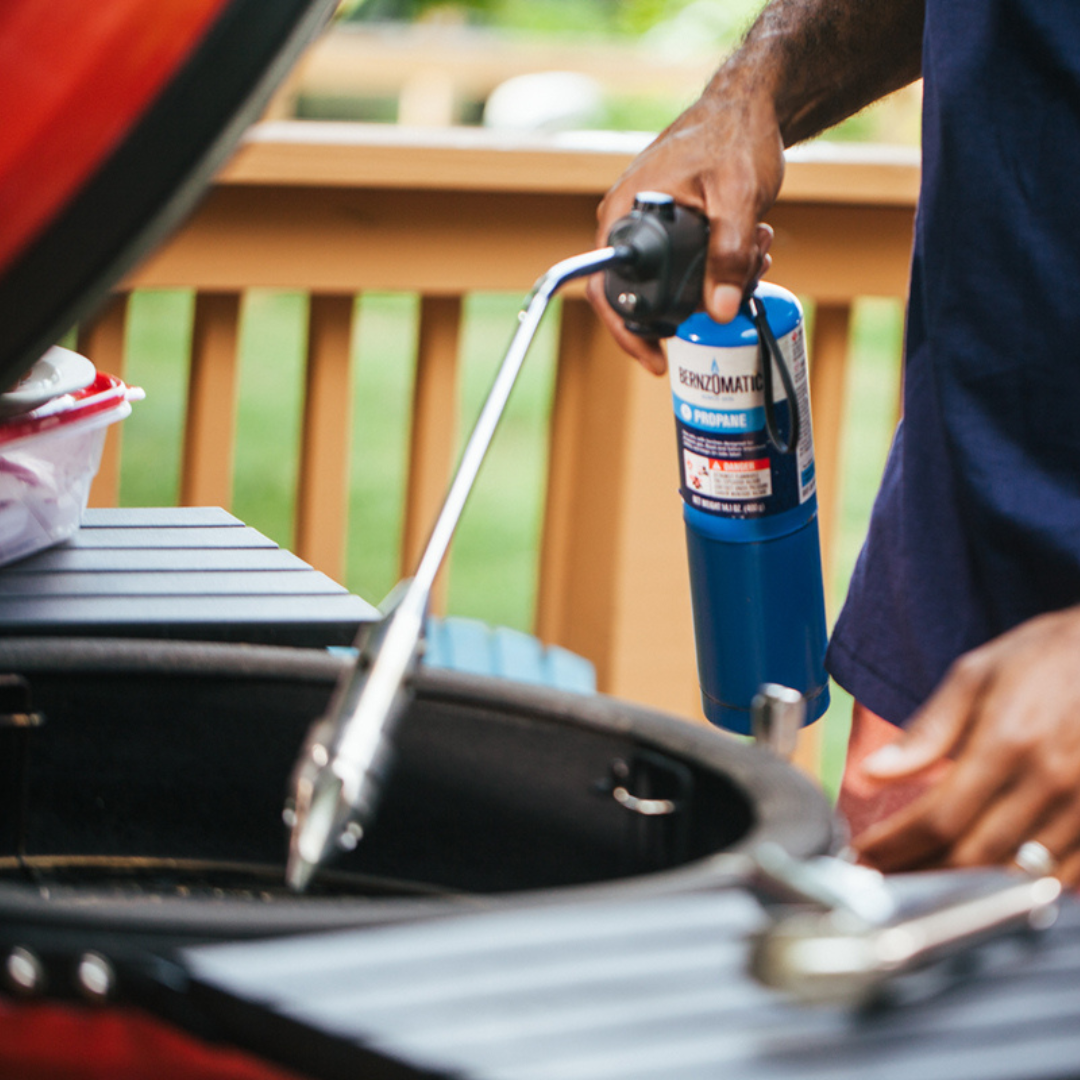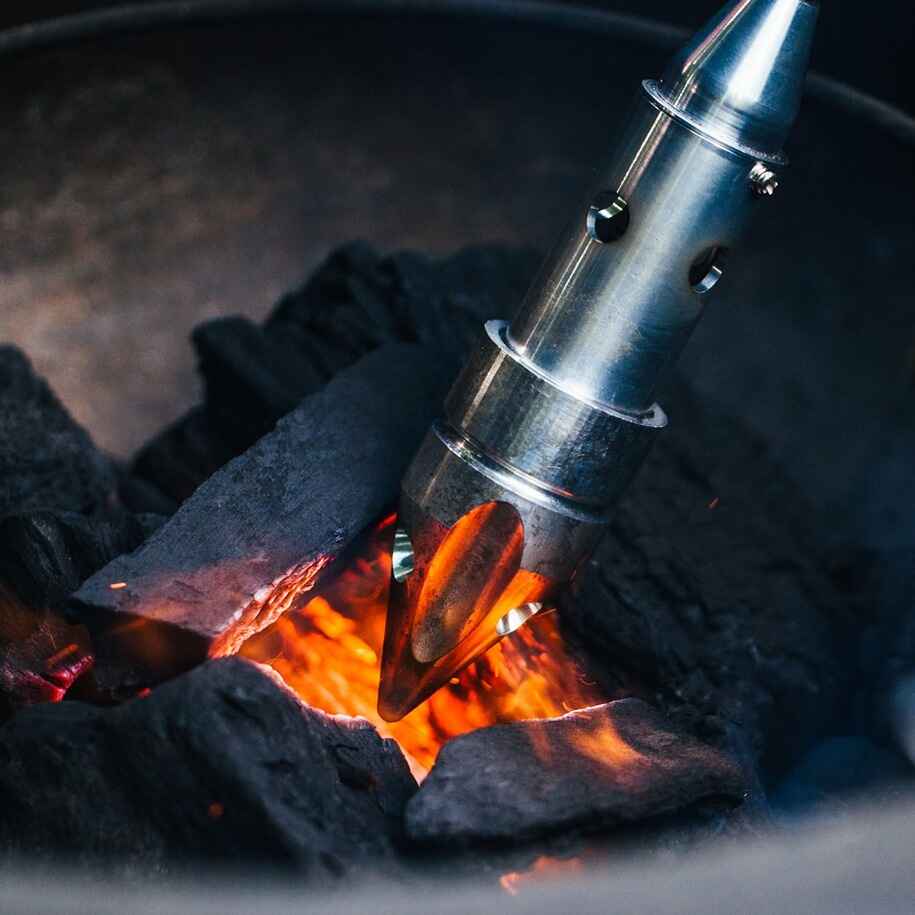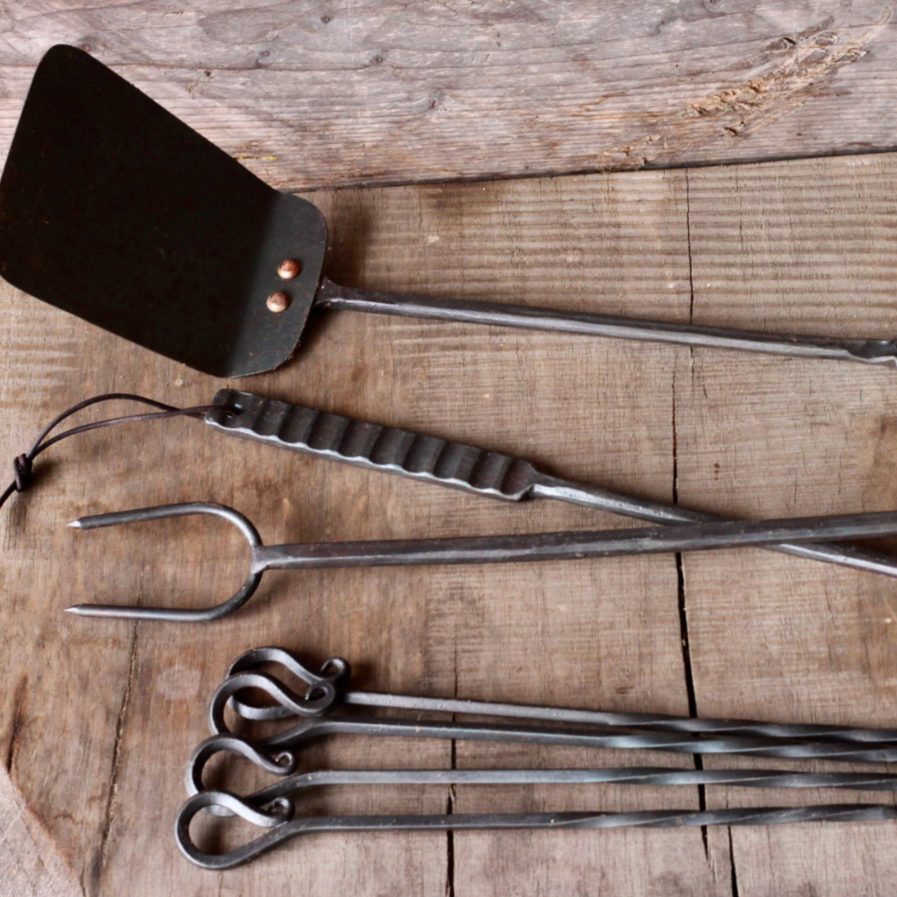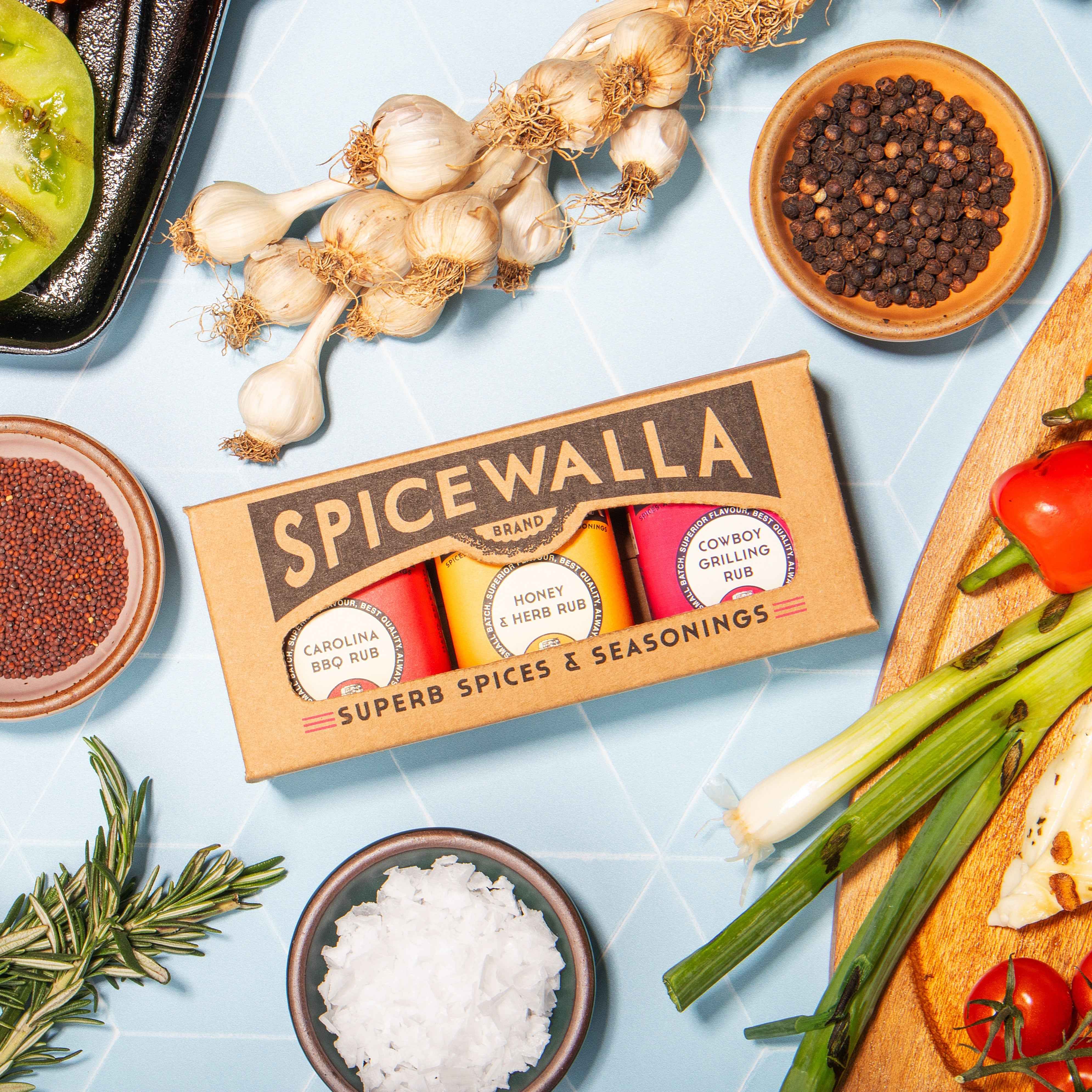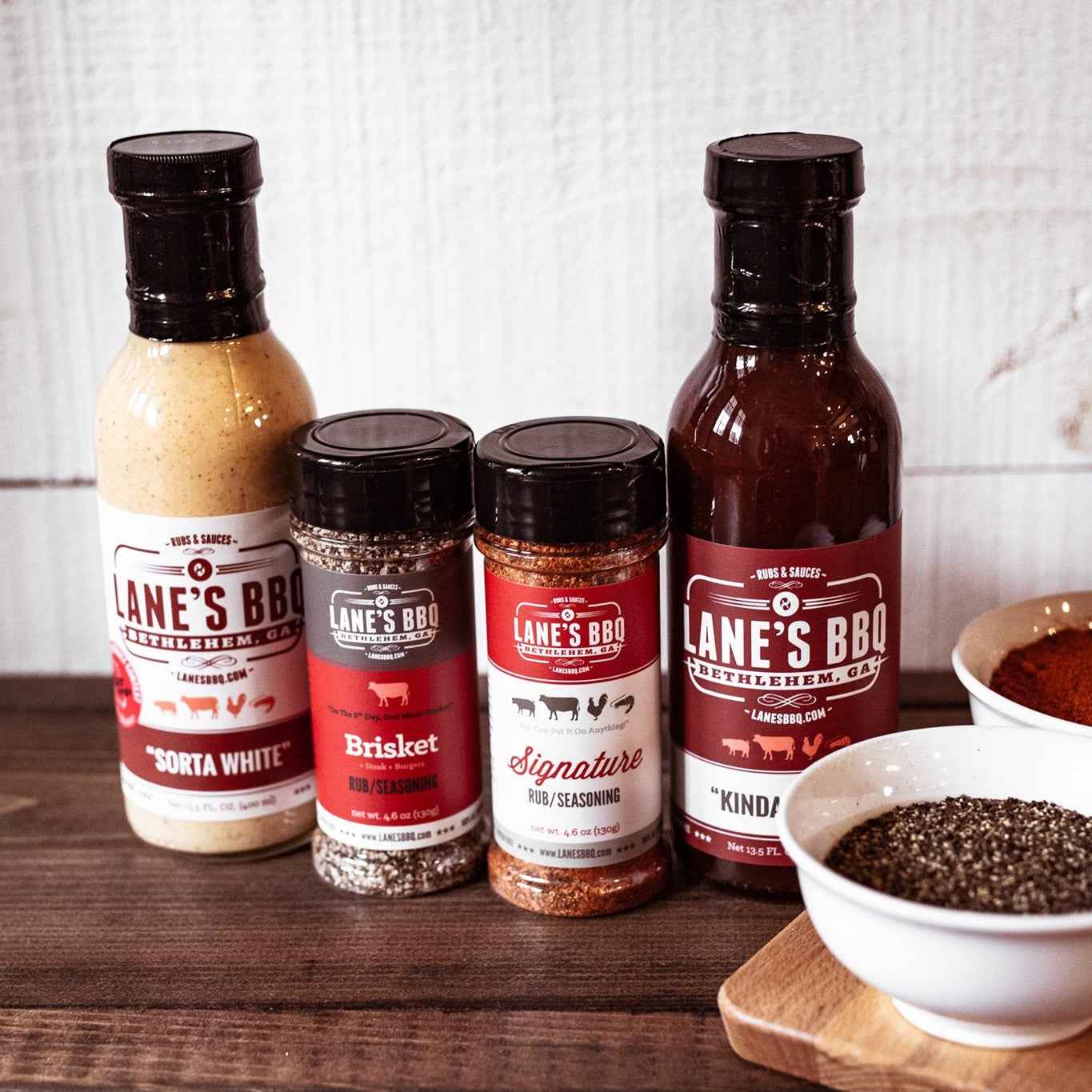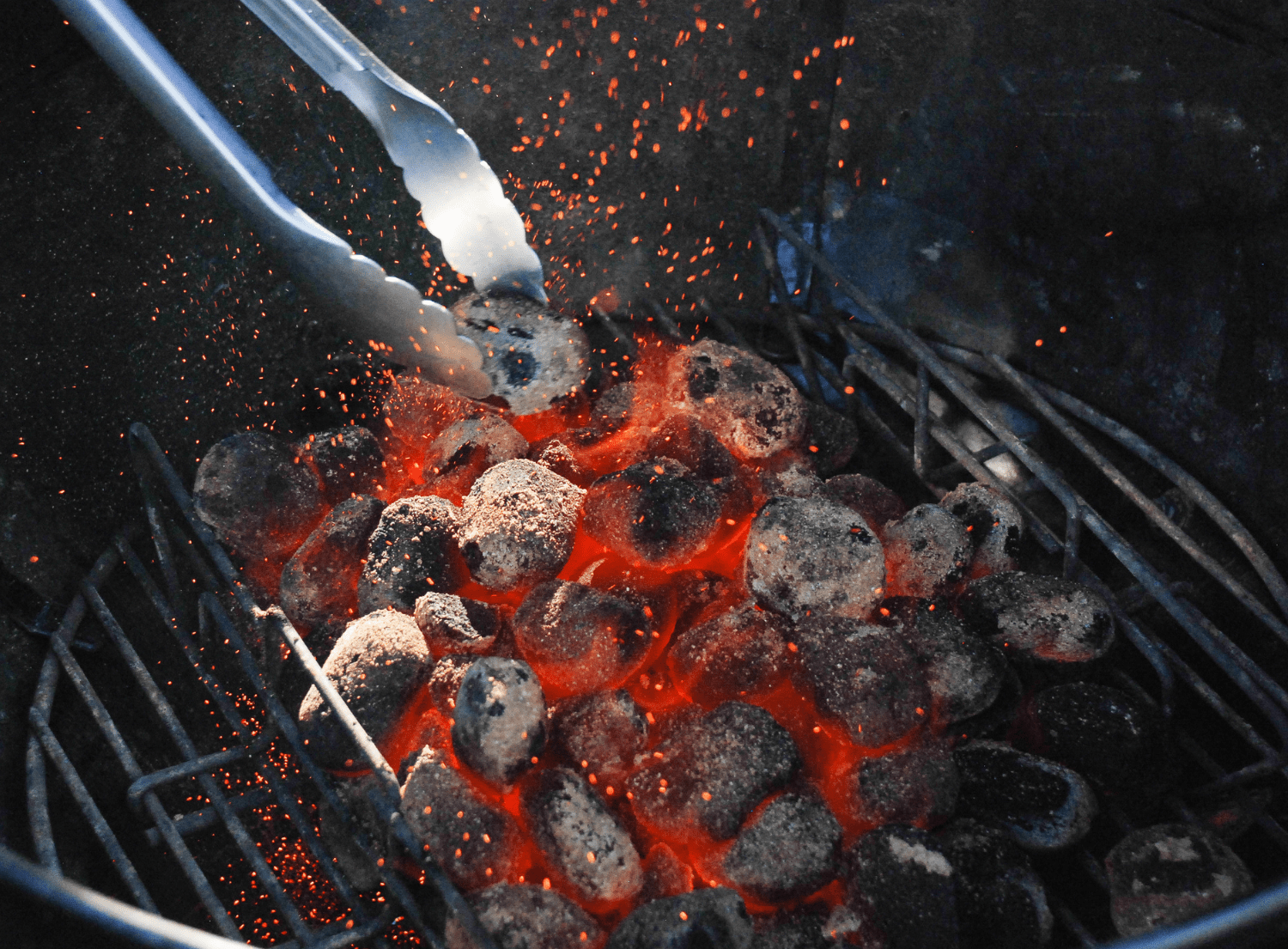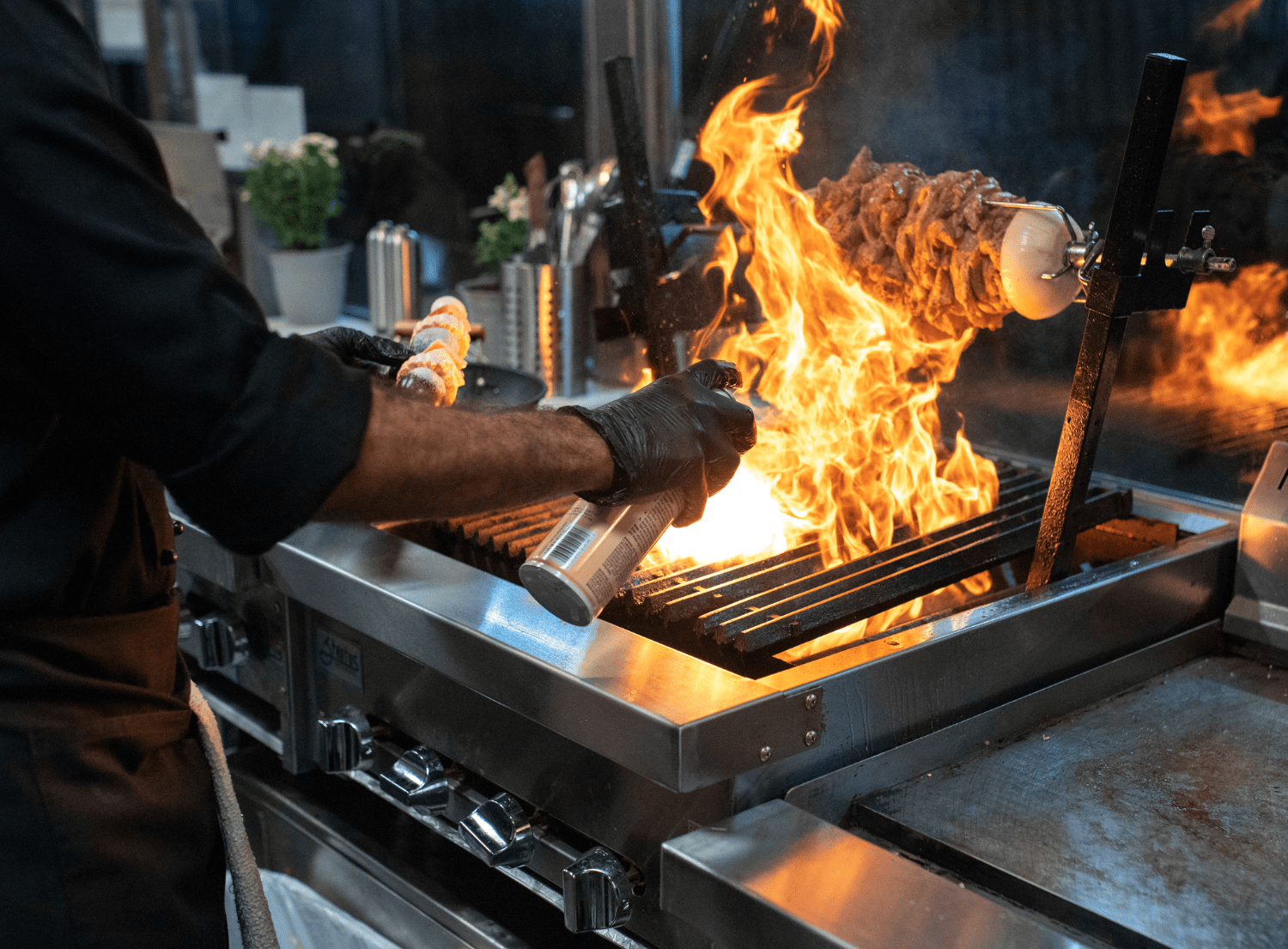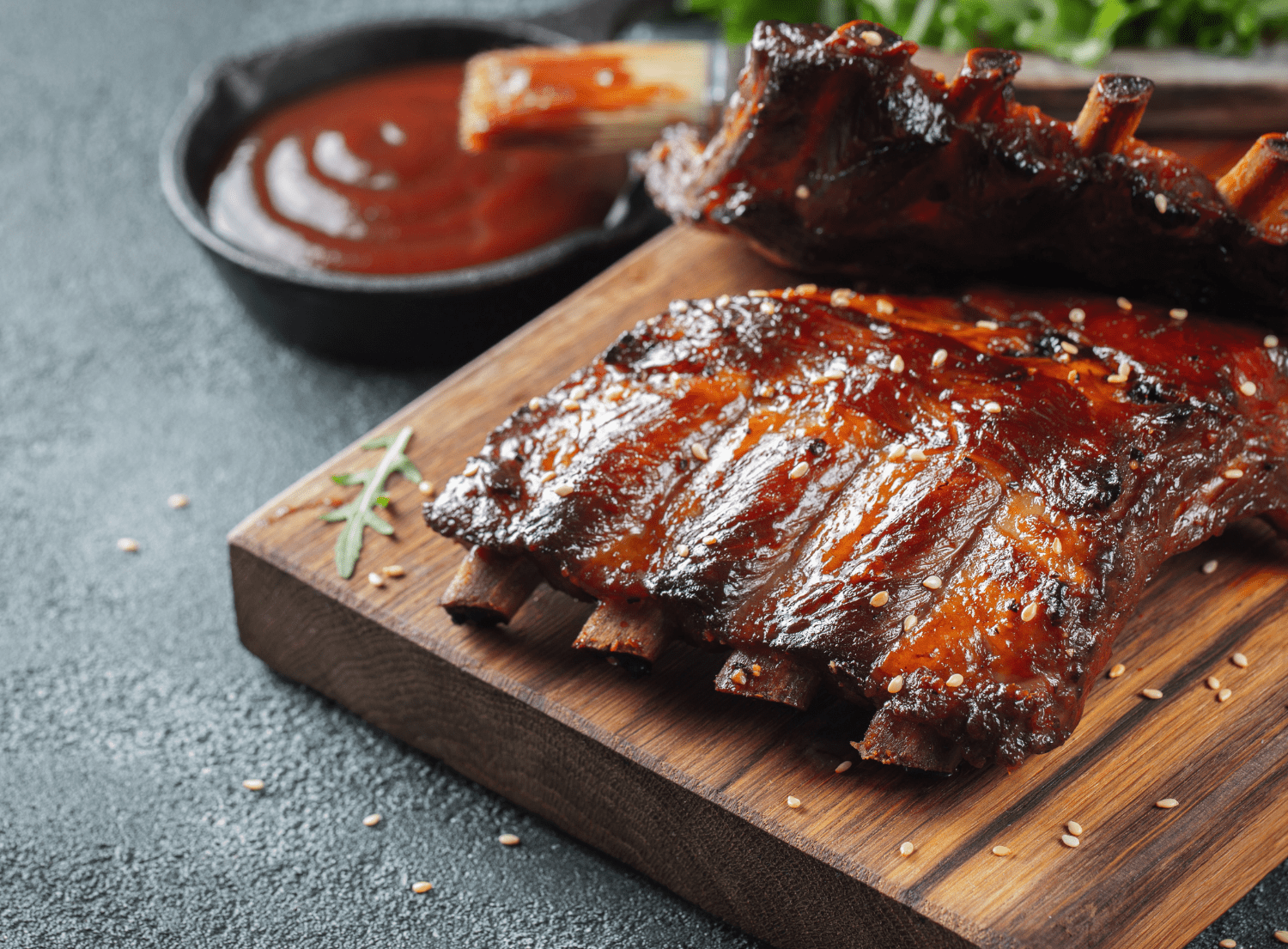Grilling, like any craft, requires the right tools and techniques. One essential element of grilling mastery is knowing how much charcoal to use in your grill. Whether you're a seasoned grill master or a novice just getting started, understanding the ins and outs of charcoal quantities can make or break your barbecue recipes.
In this comprehensive guide, we'll explore the intricacies of grilling, including how much charcoal to use, and provide you with the knowledge you need to become a grill pro.
The Basics: Charcoal Types and Charcoal Grills
Before we dive into the specifics of how much charcoal to use, let's begin with the basics. There are two primary types of charcoal commonly used for grilling: charcoal briquettes and lump charcoal. Each has its own characteristics and can affect your grilling experience differently.
Charcoal Briquettes
These are uniform charcoal blocks that are easy to light and provide a consistent, even heat. They often contain binders and additives to help with ignition.
Lump Charcoal
Lump charcoal, on the other hand, is made from chunks of pure hardwood, which means it burns hotter and faster than briquettes. It's favored by many grill enthusiasts for the authentic smoky flavor it imparts to the food.
Now, let's discuss the different types of charcoal grills and how to light them. Most charcoal grills have a cooking grate and a charcoal grate, and they come in various sizes, including portable grills for on-the-go grilling and larger ones for your backyard barbecue.
Understanding Heat Zones: Direct and Indirect Grilling
Grilling is not just about throwing meat on a hot grill and hoping for the best. It's about mastering the control of heat to achieve the desired results. To do this, you need to understand the concepts of direct and indirect grilling.
Direct Heat

Direct grilling involves placing the food directly over the hot coals. This method is ideal for cooking thin cuts of meat like burgers and hot dogs. To achieve high-heat grilling, you'll need a full chimney of lit coals.
Indirect Heat

Indirect heat grilling requires a different approach. Here, you create two zones in your grill—one with coals and the other without. This method is used for slow cooking and smoking. It's perfect for cooking large cuts of meat like steaks or for barbecue recipes that involve a longer cooking process.
How Much Charcoal to Use: It's All About Control
Now, let's get into the nitty-gritty of how much charcoal to use for your grill. The amount of charcoal you need depends on various factors, including the size of your grill, the type of food you're cooking, and your desired grilling temperature. Here's a general guideline:
Low and Slow Cooking (Indirect Grilling)
If you're planning on slow-cooking or smoking a large cut of meat, you'll want to use a charcoal snake or charcoal ring. This involves filling a thin layer of unlit briquettes or lump charcoal along the outer edge of your grill and placing a few lit coals on one end. The heat will slowly spread through the unlit charcoal, allowing you to maintain a low and steady cooking temperature for hours.
Medium Heat (Direct Grilling)
For medium heat, which is typically used for grilling burgers, hot dogs, and thin cuts of meat, you'll need about 1/4–1/6 of a chimney starter filled with lit coals. This should give you enough heat to cook your food to perfection.
High Heat (Direct Grilling)
When you want to sear your steaks or achieve a high heat grilling temperature, you'll need more charcoal. Fill the chimney starter about 1/7–1/12 full of lit coals to get that intense heat needed for a perfect sear.
Remember that air vents on your grill can also help you control the heat produced. Open them up for higher temperatures and close them partially for lower heat.
Lighting Charcoal Safely
While you can use a charcoal chimney starter to light your grill grates, the quickest and easiest way to light your grill is with RocketFire Torch. This innovative tool eliminates the need for matches, kindling, or any lighter fluid, effortlessly igniting wood or charcoal within mere seconds. One of its standout features is the Tri-Flame Cone Tip, which ensures an exceptionally even distribution of flames. This useful tool significantly accelerates the lighting process, providing a more consistent and rapid ignition than ever before.
The Grilling Process
Once your charcoal is lit and ready, it's time to start grilling. Here are some tips to ensure your grilling experience is a success:
1. Cooking Oil
Before placing your food on the grill grates, brush them lightly with cooking oil to prevent sticking.
2. Placement
For direct heat grilling, place the food directly over the hot coals. For indirect grilling, place the food over the area without coals.
3. Air Vents
Adjust the air regulators on your grill to control the airflow and maintain the desired grilling temperature.
4. Monitoring
Keep a close eye on your food as it cooks, and use a meat thermometer to ensure it reaches the desired internal temperature.
5. Smoking
If you want to add a smoky flavor to your food, consider using wood chips. Soak them in water for about an hour before placing them on the hot coals. This will produce a smoky flavor that infuses your food.
6. Grilling Burgers and Hot Dogs
When grilling burgers and hot dogs, use high heat for a short amount of time. Flip them only once to achieve those perfect grill marks.
7. Cook Steaks to Perfection
For steaks, start with high-heat grilling for a few minutes on each side to sear them. Then, move them to an indirect heat zone to finish cooking to your desired level of doneness.
Getting your Grill On
Whether you're grilling with direct heat, indirect heat, or a combination of both, careful charcoal management is key. By following the guidelines and tips outlined in this article, you'll be well on your way to becoming a grill master who can confidently control the heat and produce tender, flavorful meats with that irresistible smoky flavor. So, fire up your grill, experiment with charcoal quantities, and elevate your grilling game to the next level!

